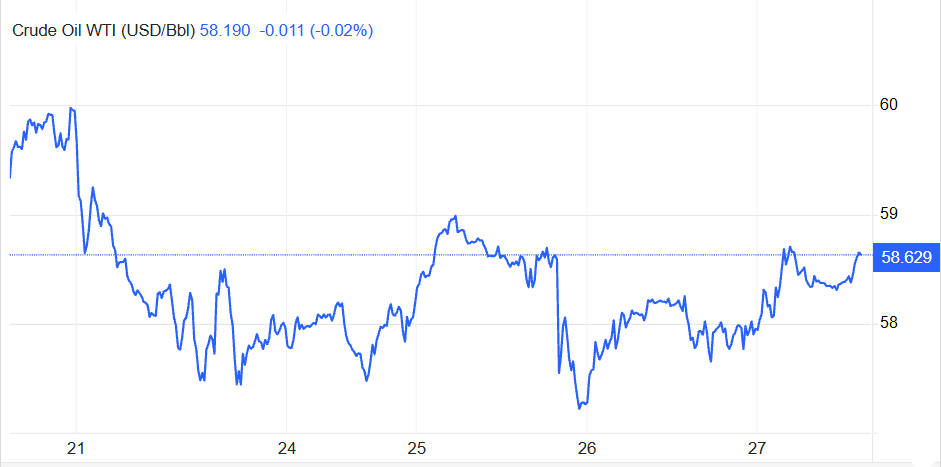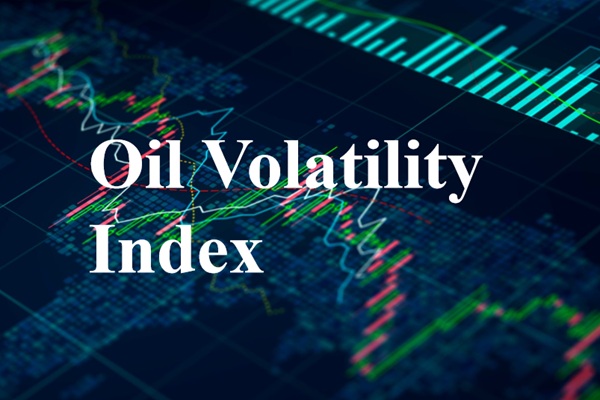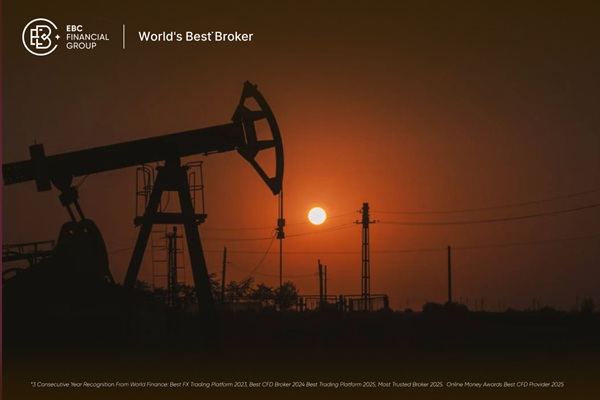WTI and Brent Crude Oil Price Drop Reflects Market Imbalance
As of 26 November 2025: West Texas Intermediate (WTI) trades near US $58.63/barrel, and Brent Crude Oil stands around US $63.04/barrel.


This decline underlines global oversupply concerns and soft demand. WTI and Brent remain the standard benchmarks for global oil prices, which are crucial for markets, inflation expectations, energy trade, and investor behavior. Understanding their historical patterns and near-term outlook helps interpret this volatility with clarity.
Historical Trends in WTI and Brent Crude Oil Prices

WTI and Brent crude oil have experienced several dramatic cycles over the past two decades, shaped by economic growth, supply innovations, global crises, and geopolitical events.
1. 2000s Boom and 2008 Crash
Rapid industrialisation in emerging economies, particularly China, pushed global demand sharply higher. Brent reached a nominal peak of around US $147 per barrel in July 2008. The subsequent Global Financial Crisis caused demand to collapse, sending WTI below US $40 per barrel.
2. Shale Revolution and 2014–2016 Glut
The surge in U.S. shale production expanded global supply. Combined with modest demand, this triggered a severe oversupply, causing prices to fall from over US $100 per barrel in 2014 to about US $30–35 by early 2016.
3. COVID‑19 Shock (2020)
Global lockdowns led to unprecedented demand destruction. WTI briefly traded at negative prices in April 2020 as storage capacity was exhausted, marking an extraordinary collapse in oil markets.
4. 2022 Geopolitical Rebound
Following Russia's invasion of Ukraine and resulting sanctions, energy-security concerns pushed Brent back toward US $120 per barrel, highlighting how geopolitical risk can sharply influence prices even amid structural oversupply.
Over the last two decades, the oil market has been reshaped repeatedly under the influence of evolving demand patterns, major supply innovations, global crises, and geopolitics. WTI and Brent have each had moments of dramatic ascent and collapse, often reflecting macroeconomic shifts far more than short‑term supply tweaks.
Analysis of the Recent Downtrend in WTI and Brent Prices

The recent decline in WTI and Brent crude oil prices reflects a confluence of factors — oversupply pressure, weakening demand prospects, and shifting production dynamics — which currently outweigh lingering geopolitical tensions.
1. Sluggish Global Demand Outlook
Global oil demand growth has noticeably cooled. According to a recent analysis, demand growth in the third quarter of 2025 rose by only about 0.8 million barrels per day, or roughly 0.7% year‑on‑year, signalling subdued consumption relative to pre‑pandemic norms.
Several demand‑side headwinds are at play:
Economic deceleration in major importers — including softness in manufacturing and industrial activity — has dampened expectations for fossil‑fuel consumption.
Weakness in demand from key markets such as Asia, coupled with uncertain economic outlooks in many OECD economies, has heightened fears that global demand growth may remain muted through 2025 and beyond.
This fragile demand environment reduces absorption capacity for existing and growing supply — creating downward pressure on WTI and Brent.
2. Strong Non‑OPEC‑plus Supply and Inventory Overhang
On the supply side, output from non‑OPEC+ producers remains robust. Recent data show global oil production rising: non‑OPEC+ production alone is forecast to increase by approximately 1.4 million barrels per day from 2024 to 2025.
Simultaneously, output from the broader oil‑producing group (including OPEC+) is also expected to grow, pushing total supply to about 105.5 million barrels/day in 2025 and potentially 107.4 million barrels/day in 2026.
Because demand growth is sluggish, this increased supply risks creating a substantial oversupply. Many market commentators now expect a surplus of crude by 2025–2026. which weighs heavily on prices.
Moreover, inventory data for OECD countries point to rising oil and product stocks, reflecting accumulation rather than drawdown — a clear sign that supply is outpacing consumption.
3. Easing of OPEC+ Production Discipline
In recent months, signals have emerged suggesting that OPEC+ may be loosening its restraint on production, which had previously supported higher price levels. Some members appear increasingly willing to prioritise market share over price support — an attitude that, if widespread, undermines the cartel's traditional role as a buffer against oversupply.
This shift in strategy contributes directly to concerns about renewed supply surges, amplifying bearish sentiment across markets.
Why Geopolitical Risk No Longer Offsets Oversupply
Historically, geopolitical tensions — conflict zones, export disruptions, sanctions — have often underwritten oil price spikes. But in the current environment, even ongoing geopolitical risk appears insufficient to counterbalance the structural supply/demand imbalance.
Attempts by geopolitics to sustain a risk premium are being overwhelmed by tangible fundamentals: high output levels, robust non‑OPEC+ supply growth, and weak demand signals.
As a result, WTI and Brent are increasingly trading in response to market fundamentals rather than geopolitical noise. This shift has reduced the effectiveness of supply‑risk as a price support factor.
Crude Oil Price Forecast: 2025 and 2026 Outlook

The consensus view among major agencies and investment banks points toward continued downward pressure through the forecast horizon of 2026. primarily due to the supply/demand imbalance.
| Agency / Bank |
2025 Brent Price Forecast (average) |
2026 Brent Price Forecast (average) |
Key Rationale |
| U.S. Energy Information Administration (EIA) |
~ US $66–69/bbl |
~ US $52–55/bbl |
Rising global inventories as supply outpaces demand; sustained oversupply. |
| J.P. Morgan Research |
~ US $66/bbl |
~ US $58/bbl |
Weak demand growth plus increased production from OPEC+ and non‑OPEC supplies. |
| Other financial‑sector / market outlooks (e.g. independent / regional institutions) |
Some expect Brent near mid‑US$60s in 2025, but 2026 forecast bands often dip toward low‑US$50s — reflecting structural oversupply and cautious demand outlook. |
— |
Persistent production trends and global inventory accumulation weigh on prices. |
Underlying Long‑Term Bearish Factors
Energy Transition & Demand Shifts:
As electric vehicles (EVs) and renewable energy technologies spread — particularly in developed nations — long‑term oil demand growth is expected to slow or even peak. This structural shift erodes long‑term demand for transportation fuel.
Sustained Inventory Accumulation:
Forecasts suggest global inventories will keep growing into 2026. further pressuring spot prices unless a major demand wave or supply disruption occurs.
What This Means for 2025–2026
Given consensus forecasts and structural headwinds, oil prices — especially Brent — are likely to face a cautiously bearish to neutral environment through 2026.
Unless there are significant supply cuts or unexpected demand resurgence, a steady mid‑range price (low‑to-mid US$50s to low US$60s per barrel) seems most probable.
Investment Implications for Long‑Term Investors
Given the projected oversupply and downward pressure, here are potential strategies and cautions for long-term investors in the energy sector:
1. Oil as an Inflation Hedge, Not Growth Driver:
Given volatility and uncertain upside, oil and energy‑sector investments are better viewed as hedges against inflation or geopolitical risk, rather than consistent growth engines.
2. Lean Toward Integrated Oil Majors:
Large, diversified oil companies (with upstream, refining, and chemical operations) tend to show resilience with stable cash flows, dividends, and share buybacks — even when crude prices stagnate.
3. Prefer Broad Energy/Commodity‑Sector ETFs Over Pure Oil‑Tracking Funds:
Funds focusing solely on crude prices or futures can suffer from “roll‑yield” losses in contango periods (when futures for later months are priced higher than current spot).
Broader ETFs that include refiners, energy services, and diversified producers may offer lower volatility and better long‑term stability.
Frequently Asked Questions
Q: Why do different agencies forecast different 2026 prices for Brent crude?
Because assumptions differ: some weigh stronger supply growth and inventory builds heavily, others factor in potential demand from emerging markets or strategic stockpiling. These different views produce a price‐forecast range rather than a single value.
Q: Does lower oil price always hurt oil companies?
Not always. Large, integrated oil firms with diversified operations (exploration, refining, chemicals) and strong balance sheets can still deliver dividends and cash flow even when crude prices slump, though smaller producers may struggle.
Q: Should long‑term investors avoid oil now?
Not necessarily. Oil still offers value as a hedge or strategic allocation — but investors should treat it as part of a diversified portfolio, not a high‑growth bet. Concentrated bets on volatile producers are riskier now.
Q: What could trigger a rebound in oil prices?
Significant supply cuts (e.g. production curbs from major producers), strong demand growth (driven by emerging markets), or geopolitical disruptions to supply could all push prices up — at least temporarily.
Conclusion
The recent downtrend in WTI and Brent reflects more than short-term uncertainty — it embodies a structural shift in global oil markets. With supply expected to remain ample and demand growth weakening under the influence of energy transition and sluggish global growth, forecasts for 2025–2026 skew cautiously bearish.
For investors, the era of easy windfalls from crude‑price spikes may be behind us; instead, disciplined, diversified, and risk‑aware strategies will likely prove more effective in navigating this shifting landscape.
Disclaimer: This material is for general information purposes only and is not intended as (and should not be considered to be) financial, investment or other advice on which reliance should be placed. No opinion given in the material constitutes a recommendation by EBC or the author that any particular investment, security, transaction or investment strategy is suitable for any specific person.






























